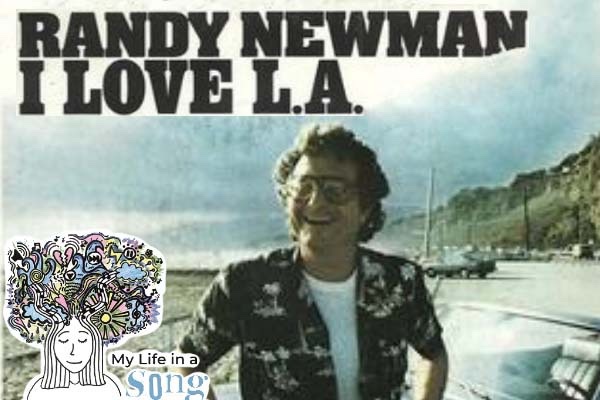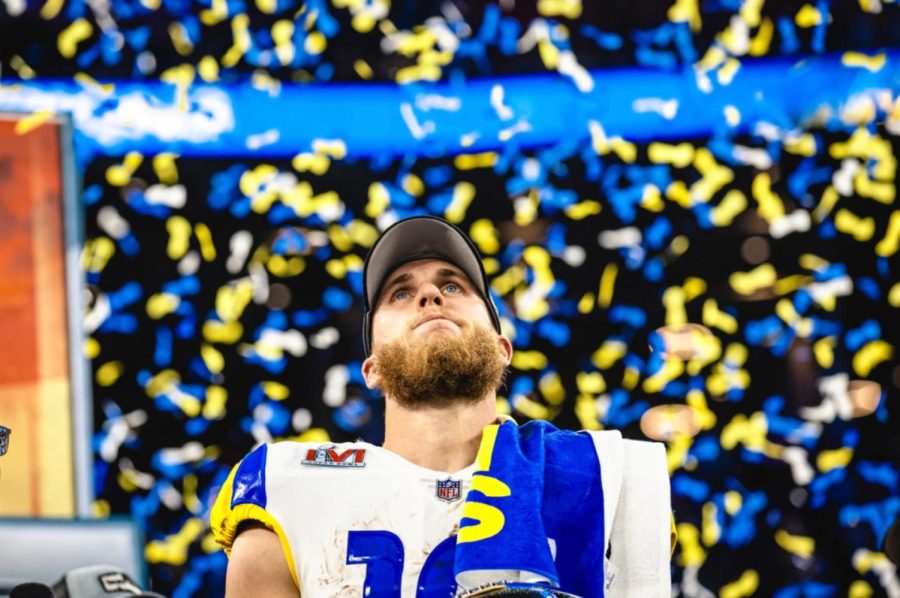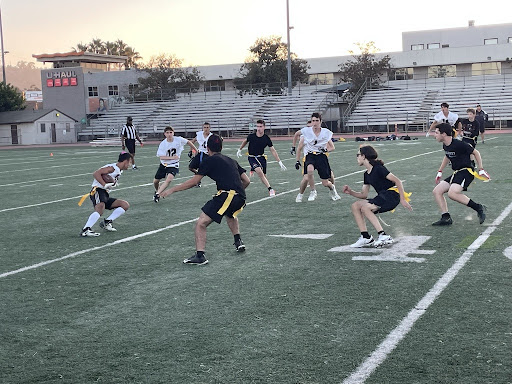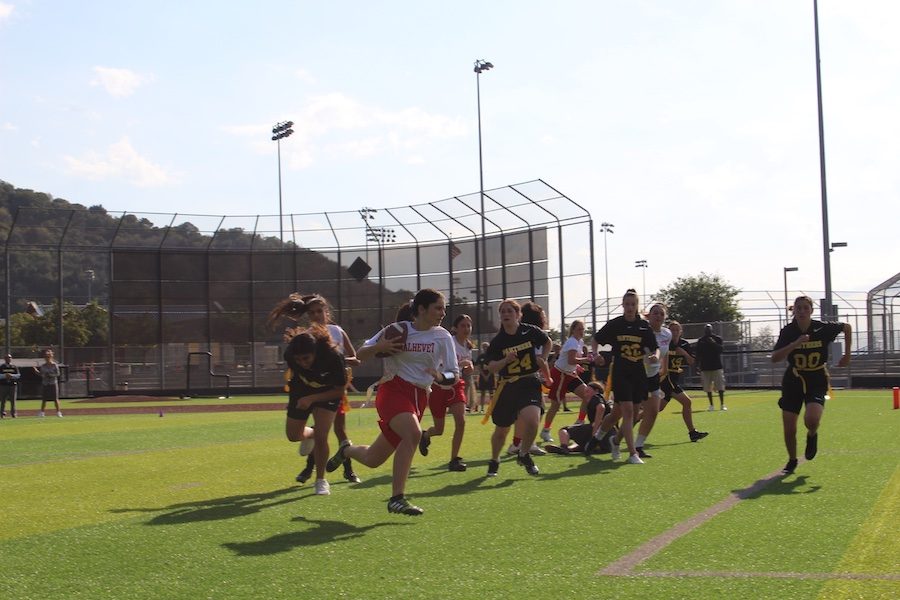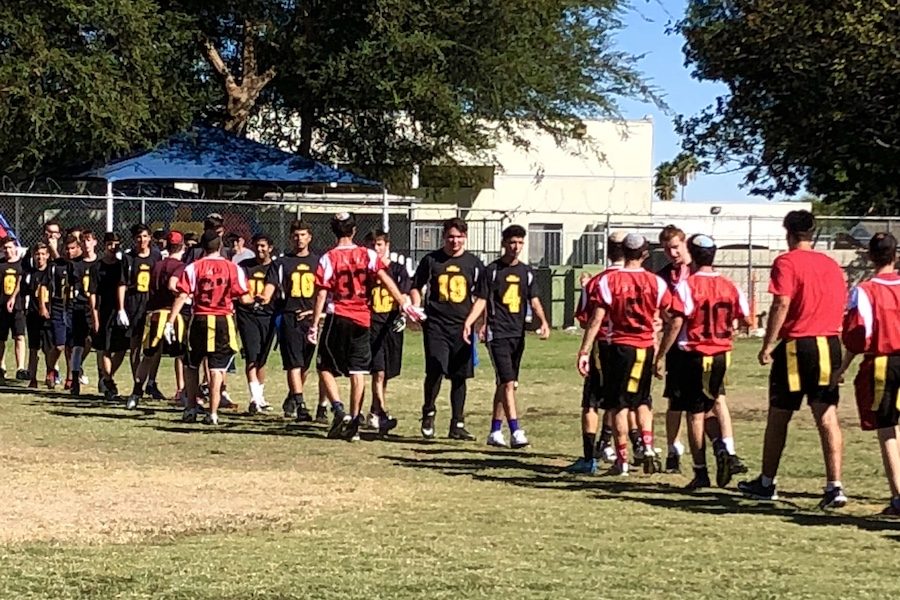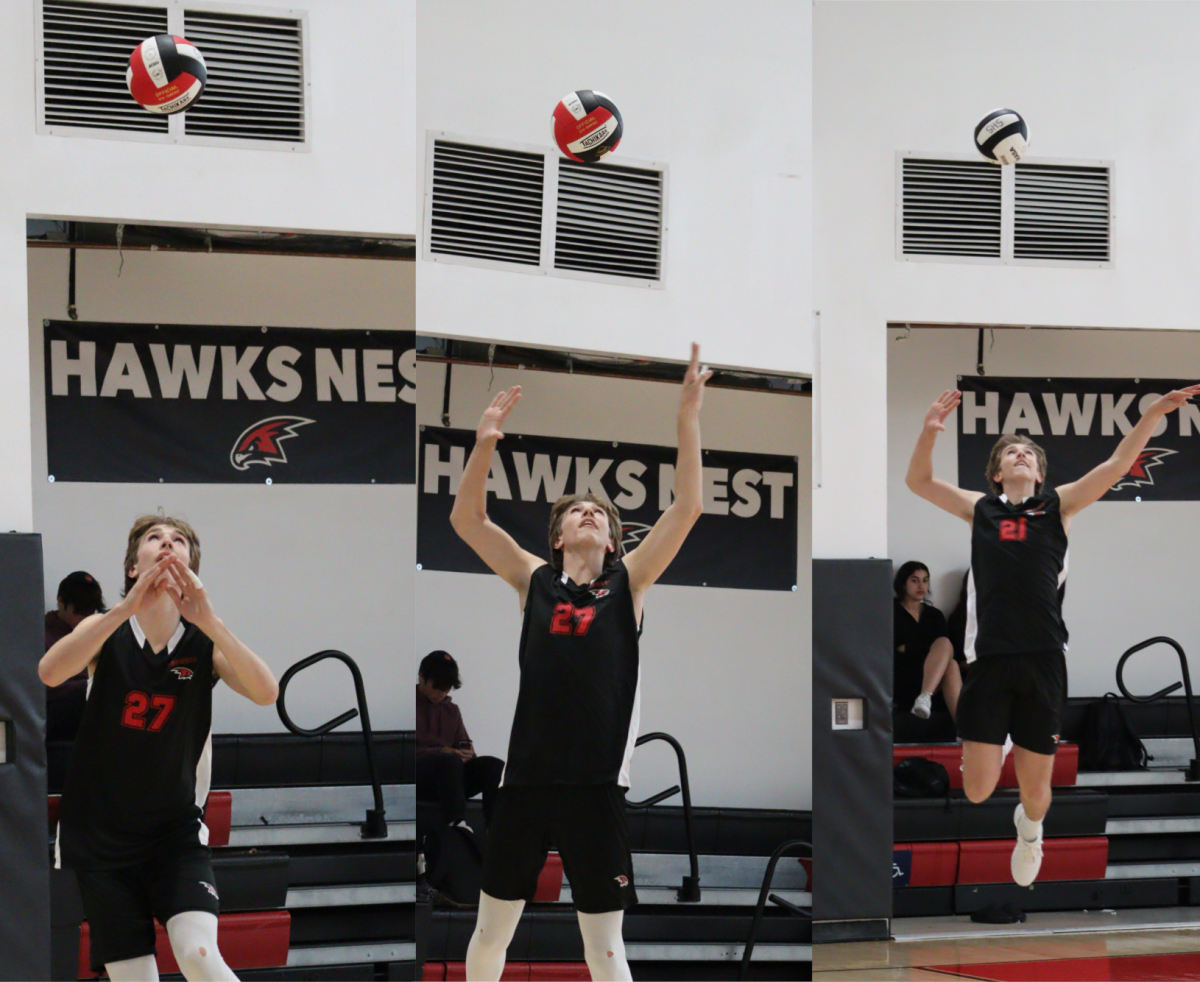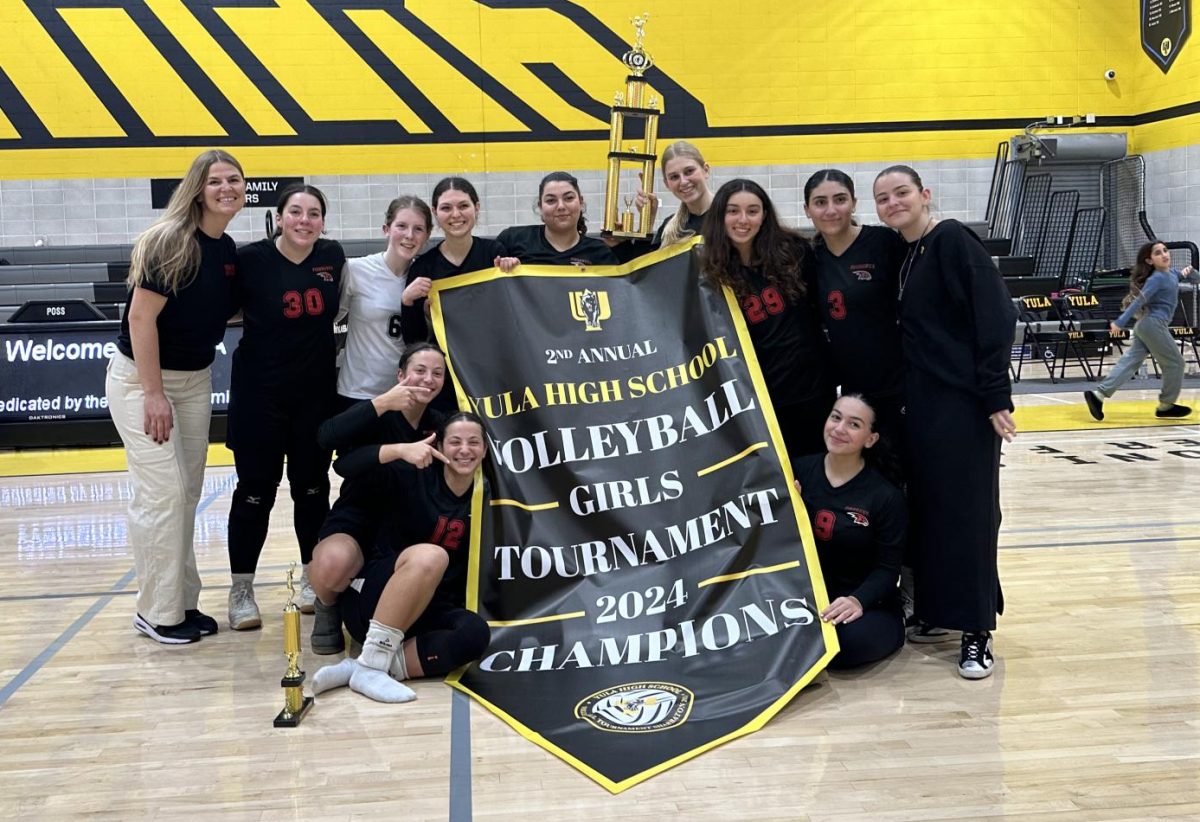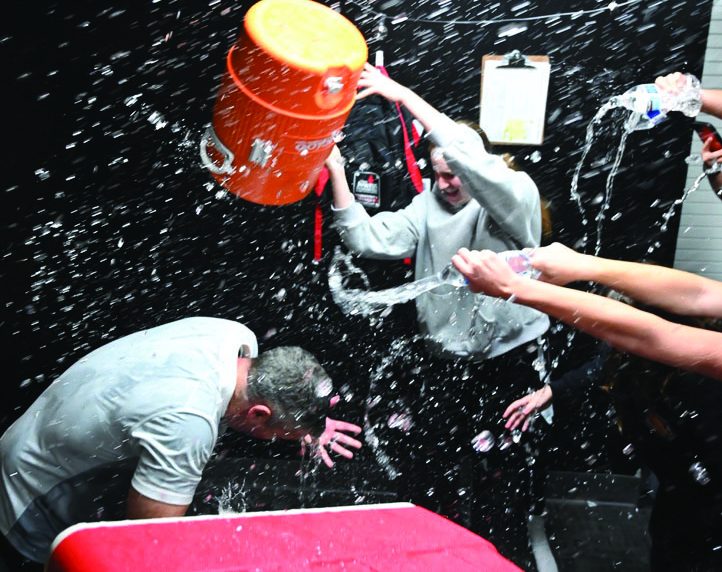Along with the always-enjoyable Super Bowl, the just-ended 21st Winter Olympics captivated a larger-than-usual audience with its wide array of chilly competitions in the past month.
The Vancouver-hosted events ended on February 28 after 14 days of grueling competition. With returning medalists and surprising upsets, average viewership was the highest since the 1994 games, according to NBC Sports (marketwatch.com). The United States shone throughout, grabbing a record 37 total medals.
Team U.S.A. fell just short of pulling off a major defeat of the home country in the men’s hockey finals, falling 3-2 to the Canadians in overtime. Down 2-0 in the second period, the U.S. fought back, just edging themselves into overtime by tying the game with less than a minute left in regulation. After 7 minutes and 40 seconds in the sudden-death extra-period, Canada handed the U.S.A. defeat when Sydney Crosby shot the puck into the U.S. goal.
A 23-year-old snowboarder with long, wavy red hair gave viewers another exciting event. His name is Sean White, and he repeated his 2006 gold medal with a stunning array of flips, tricks, and corkscrews. He spent that last four years developing his own, unique tricks on his private half-pipe (a massive track shaped like a cylindrical pipe cut in half) in Silverton, Colorado. The track was built by Red Bull, and is only accessible by helicopter.
The result of this secluded practicing showed at the finals in Vancouver, where he scored a 48.4 out of a possible 50. He showcased the best of his invented tricks on that winning run, called a “Double McTwist 1260,” which consists of two over-head flips while rotating laterally three-and-a-half times.
But before the snowy sports started up in Canada, a feel-good story took hold of the entire American nation in sunny Miami, Florida.
On February 7, the most watched television program of all time pitted the New Orleans Saints against the favorite Indianapolis Colts in the 44th Super Bowl. The football game pulled in about 106.5 million viewers nationwide, according to Neilson Co., which surpassed the previous record-holder, the season finale of “M*A*S*H”, by just over half a million viewers.
Colts quarterback Peyton Manning looked to improve his claim to elite-status by winning his 2nd Super Bowl, but first had go up against Drew Brees and his inspired Saints. It was New Orleans’ first time to the Super Bowl in N.F.L. history, and they looked to finally bring home a championship to their recovering city.
The Saints looked star-struck at first, coming up empty in the first quarter and allowing Indianapolis to take an early 10-0 lead.
After settling down, though, New Orleans stormed back, outscoring the Colts 16-7 in the 2nd and 3rd periods. The Saints used ingenious tactics, including a gutsy on-side-kick, which gave them an extra possession and much-needed momentum.
In the final quarter, the Saints really snatched the game, scoring 15 points and executing down the stretch defensively to win by a final of 31-17. Brees was named Super Bowl XLIV Most Valuable Player.
As shown by these two events, sports can—and do— thrive at any temperature and at any altitude. Not only do they thrive, but they always find their own way to surpass expectations.
Hockey, usually a yawner for the average American, found its own niche in the Olympics; one in three American television-watchers were tuned in for gold medal game (nypost.com). The Super Bowl felled a 21-year-old viewership record. Just as individual athletes constantly expand the boundaries of their talent, sports themselves find ways to charge ahead and provide entertainment to larger and larger audiences.



